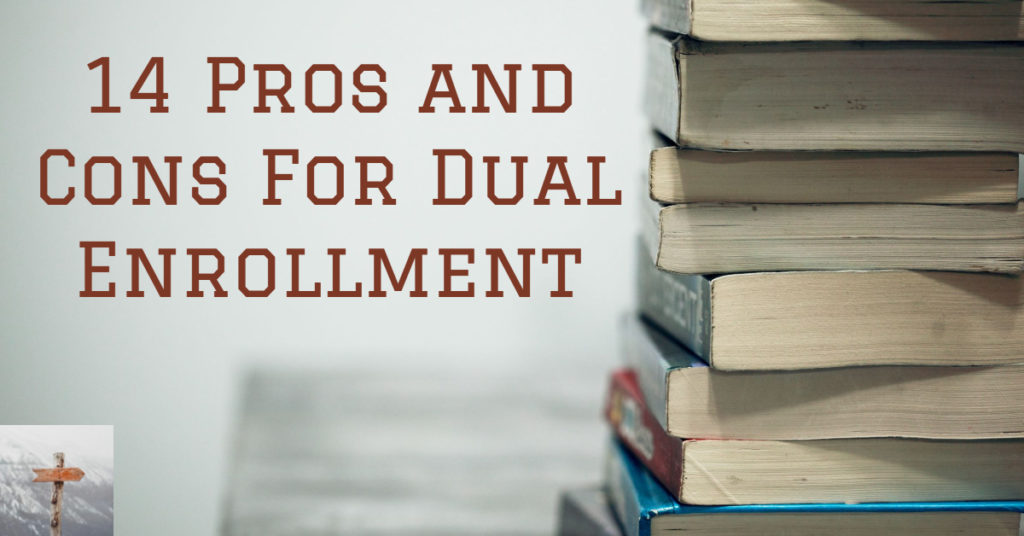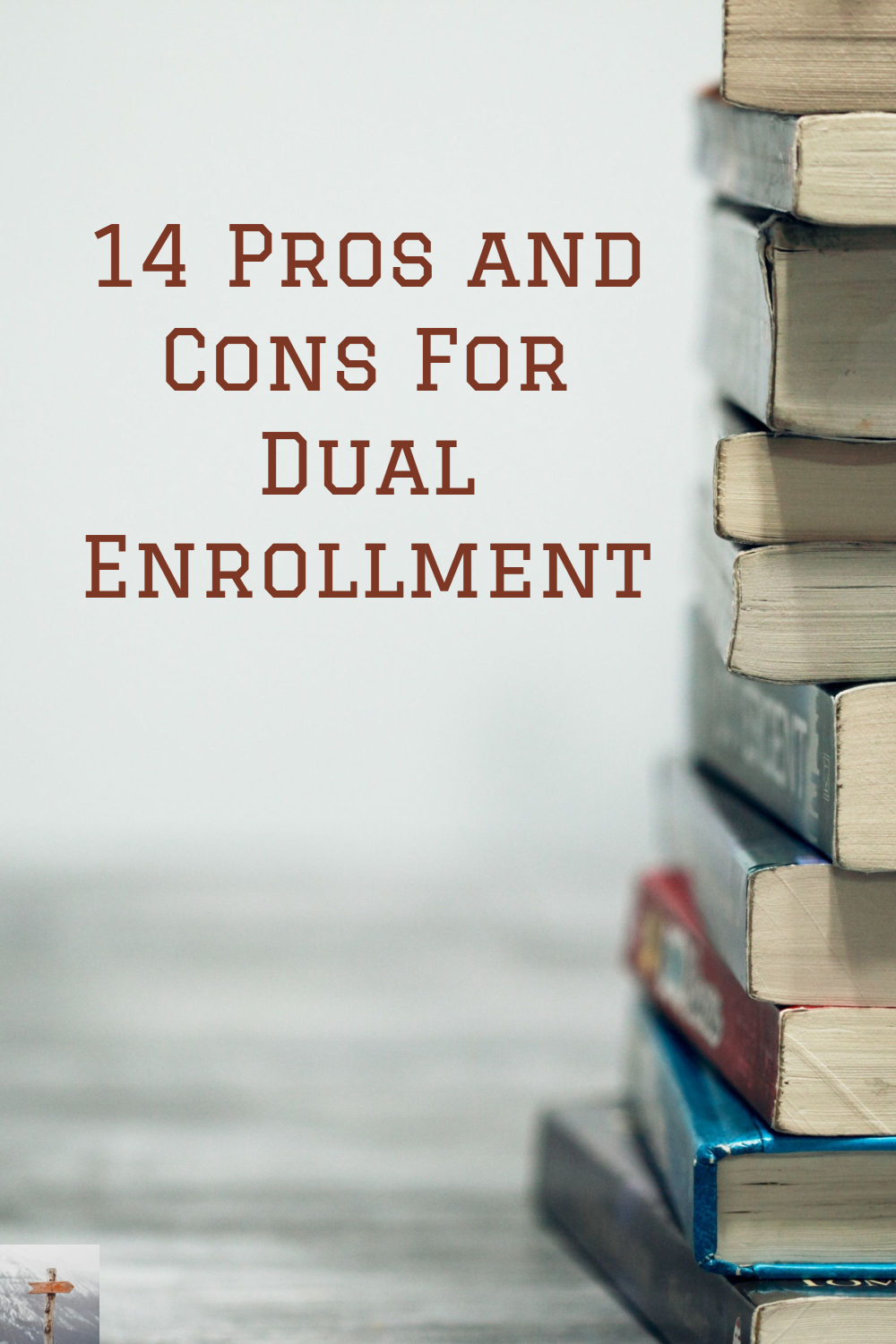I’ve written several posts on dual enrollment already. Namely, I wrote about our dual enrollment story – including the ups and downs. And I also wrote about courses my kids have taken at our local colleges. Dual enrollment means you take a college class while still in high school and you get college credit, but you can also put it on your high school transcript. Hence, the “dual” part. In Georgia, the rule is: for the first 30 hours, you pay no tuition, free book rentals, activity fees, etc. You just pay lab and parking fees as needed. You can choose to take classes online or in person in a classroom setting.
To receive the funding: If you are in 10th grade, you can enroll in Career, Technical and Agricultural Education (CTAE) courses at a technical college only (unless you have a qualifying score on the SAT/ACT.) If you are in 11th-12th grade, you can enroll at any eligible college, university or technical college in Georgia. If you want to read the specifics of the Georgia state rules for dual enrollment, click here.

Each college offering dual enrollment courses may have different admission requirements. Technical colleges tend to want you to take the Accuplacer placement test. You can do a practice test online. Regular colleges and universities in the University System of Georgia may require an ACT / SAT score to meet a certain minimum. Some will have an application deadline in January before the fall semester of that year. Others might accept you up until May or June for the upcoming fall. You need to look for their dual enrollment requirements online at their website under Admissions.
When you are a senior in high school and you apply to colleges, you will need to send the colleges you apply to a copy of both your high school transcript and your college transcript where you dual enrolled.
I get a lot of questions about Dual Enrollment. 14 Pros and Cons for Dual Enrollment in High School Share on X
Many families are weighing the pros and cons of it. So I thought I’d share my own opinions on that.
Pros for Dual-Enrollment:
- Your student can receive an in-person or online college experience while still living at home. It’s a great introduction to college, but your student can still get some guidance from you while still living at home. My kids personally prefer face-to-face instead of online, but they have done both and it has been okay. Of course, Covid restrictions play into what the colleges can offer. Hopefully, these restrictions will lift over time.
- Getting college credits early can save 1-2 yrs of college tuition, which equals a lot of dollars. If your large in-state school costs you $25-30,000 a year, that could be how much you save. Your student can choose to transfer those credits to your college and graduate faster if they want. Or, use the extra time to double major, or be more involved on campus than your student would have had time for.
- Great for learning to manage adult responsibilities while still at home (registration, books, parking, fees, money management)
- Discussing any issues that come up in class from different worldviews can happen easily at home
- The cost to hire a tutor or outside class to higher level high school classes vs. free with dual enrollment (up to 30 hours)
- At some colleges, you may be able to apply for the Honors program and then you can choose to take Honors classes which are smaller and are designated as Honors on both transcripts. Honors classes might be more conversation-based, which could fit your child’s personality. (Or that could be a Con!) If you are in the Honors College, they may have an Honors Lounge for studying and making friends.
- During your senior year, you may be able to automatically apply to go straight into attending the same college full-time after graduation, if your grades in college have been good, without a lot of extra requirements because you’ve already been accepted as a dual enrollment student.
- You can take advantage of career counseling, free tutoring, clubs and organizations, and sports activities at the college if they allow it.
Cons for Dual-Enrollment:
- If your student takes too many classes, they will not be able to continue their other homeschool, public, private, or hybrid school coursework. Start with just one or two classes and see how they do for the first semester.
- Your student might not be ready yet. Don’t force adulthood too soon. They need to be mature enough to handle deadlines and assignments.
- If they are not driving yet or you don’t want them driving to class, then there may be an extra time commitment for you to take them.
- College courses are on their permanent record. So if you don’t think they can succeed or are not sure, it would be better to wait.
- Some colleges look down on an “online” experience and would prefer they take it in person. So if your student is taking dual enrollment online then, you might have fared better with taking it in person. The reputation of online college classes may be changing, due to Covid and the requirements that many colleges have had to go online.
- Not all classes may transfer. It is helpful to research them beforehand but also to go in with flexibility and be happy with your choices whether or not they transfer. If you want to read more about how classes transfer and how to figure that out, check out this post.
I hope this post has helped you as you are thinking through Dual Enrollment. If you need to talk with someone about it, you can reach me through the contact page here on the website. I charge $40 – $50 an hour for a session where we can discuss high school transcripts, dual enrollment, and college planning.
Blessings,
Michelle


